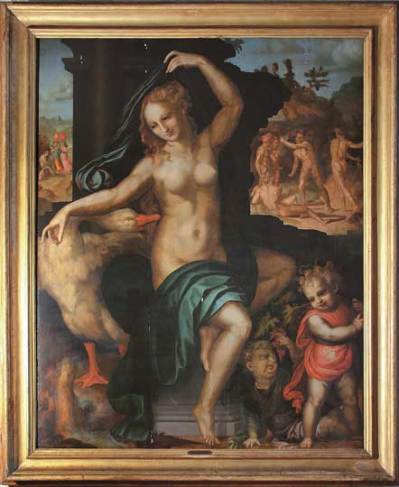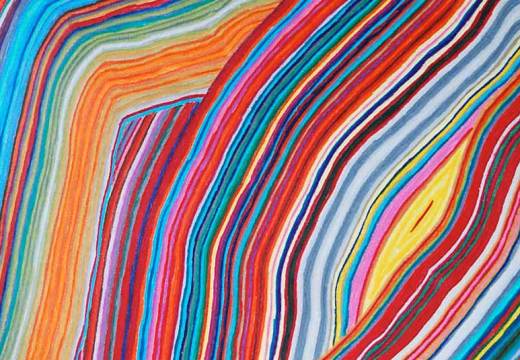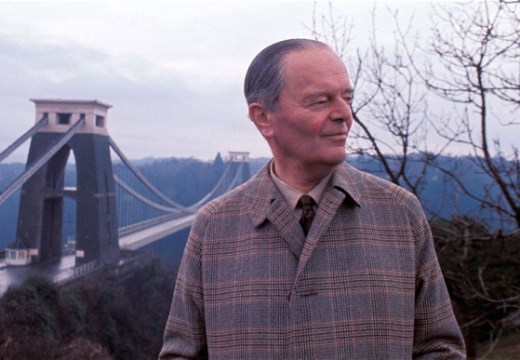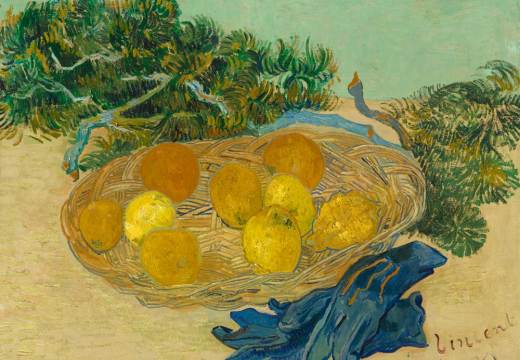If Baccio Bandinelli is arguably the least loved major artist of the entire Renaissance, it is not exclusively the fault of his sworn enemy Vasari. All too often, it is also his actual works that seem to induce at least some of us to walk by on the other side.
Now, at last, a peerless exhibition in the perfect setting of the Bargello is the ideal opportunity to reconsider his achievement. Set in three compact rooms, in essence it brings together a number of his major marbles, almost all his bronzes, an exemplary selection of drawings and prints, and even a handful of paintings, and allows them to be seen in context.
Better yet, it includes a whole procession of recent discoveries, of which the most notable are the marble figure of Mercury from the Louvre, which until recently masqueraded as an antiquity, the wax model for a Hercules in the Musée Fabre in Montpellier, which represents an extremely rare survival and whose existence was wholly unsuspected, and his painting of Leda and the Swan from the Sorbonne, which was only known in the form of a prehistoric black and white photograph.
The close proximity of Michelangelo and Jacopo Sansovino’s stupendous marble statues of Bacchus, not to mention Benvenuto Cellini’s overwhelming colossal bronze bust of Grand-Duke Cosimo de’ Medici and various other masterpieces from the permanent collection, guarantees that the bar is set at an impossibly high level, but at his best Bandinelli rises to the challenge. Both the aforementioned Mercury, for all that it has come down to us as a noble fragment, and his Bacchus prove that he could produce fine work in marble, as do the reliefs from Florence Cathedral, and go a long way to making up for the disappointing quality of the Hercules and Cacus group in the Piazza della Signoria.
Where Bandinelli really scores, however, is with his small bronzes and his drawings. The former are truly remarkable for their elegant reinterpretation of the classical canon, while the latter pullulate with an explosive energy which his more finished and grander productions tend to lack.
The catalogue of the show (€46) deserves particular praise, not only for the authority and wisdom of its content, and above all for the contributions of its joint editors, Detlef Heikamp and Beatrice Paolozzi Strozzi, but also for the artful way in which it manages to include all the most significant absentees from the exhibition, and thus become something that otherwise does not exist – namely a full-dress monograph on Bandinelli.
‘Baccio Bandinelli: Sculptor and Teacher’ is at the Museo Nazionale del Bargello until 13 July.
Unlimited access from just $16 every 3 months
Subscribe to get unlimited and exclusive access to the top art stories, interviews and exhibition reviews.




















![Masterpiece [Re]discovery 2022. Photo: Ben Fisher Photography, courtesy of Masterpiece London](http://www.apollo-magazine.com/wp-content/uploads/2022/07/MPL2022_4263.jpg)
It’s time for the government of London to return to its rightful home